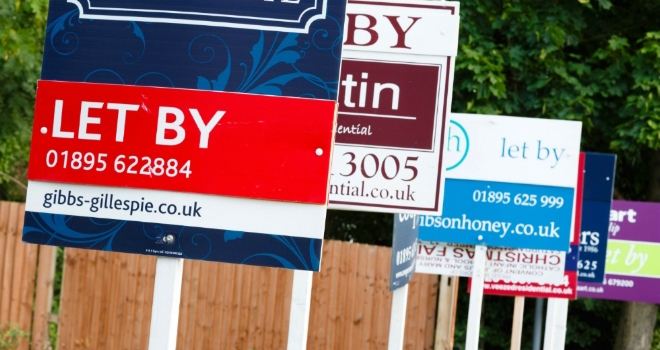
The total value of property in the private rented sector in Great Britain has now reached £930.7bn, climbing by £109.5bn in the last year alone - a rise of 13.3%. From its recent trough in 2009, the sector has gained £302.5bn. In fact, the financial crisis had little impact on the sector. Even since the 2007 peak of the property boom, it has risen by more than quarter of a trillion pounds.
The longer-term growth is even more impressive, with the value of landlords’ assets now more three and a half times its level at the start of 2001 (£262.1bn).
Resurgent property prices have been a key driver in the increasing value ofthe private rented sector but long-term growth has been underpinned by very strong demand from tenants wanting rented homes. Since 2001, the PRS has expanded by nearly two million households – increasing by 71.4% since the start of 2001.
There are now more than 4.6 million households in the British PRS, as a combination of individuals and families choosing to be flexible, ongoing net immigration, falling real wages, greater indebtedness among younger households (e.g. student debts) rising property prices and difficulty in securing mortgage finance (thanks in large part to much tighter regulation of the mortgage market) is creating unprecedented tenant demand. A serious shortfall in house building, and regulations requiring developers to build social housing are both pushing up the price of would be starter homes too.
While there are signs that the rapid house price growth may be slowing, Kent Reliance’s analysis of current market trends suggests the PRS will break through the £1 trillion barrier in the second quarter of 2015.
London currently accounts for 41% of the sector’s value (£377.3bn) while the South East is the next biggest component with its value of £137.0bn (15%). The South East alone has a greater value than that of the four smallest in monetary terms (North East, Wales, Yorkshire &the Humber and the West Midlands).The disproportionate size of the PRS by tenure inside London’s population, where over a quarter live in privately rented homes, compared to 18% in Great Britain overall, is a major factor in the pace of growth in the overall sector's value. Rapid London house price growth has much a bigger effect on the private rented sector than it does in the wider housing market.
The amount of rent tenants are paying each month across the UK has increased with the PRS. Landlords earned £44.8bn in the twelve months to June, equivalent to nearly half the UK’s total annual household expenditure on food. This is up by £2.3bn (5.5%) compared to a year ago.
However, the increase in rents themselves (rental inflation per property) is slowing. While total rent paid across the PRS has risen 4.4% in the last year, the average property’s rent has only risen by 1.1%. This compares with annual rental inflation of 2.9% in Q2 2013. The average rent in Britain stands at £813 per month, up from £804 a year ago.
Despite the slowdown in rental inflation per property, landlords have seen gross total annual returns hit a six year high of 15.1% on the back of the resurgence of property prices. This represents an average return of £27,475 per property. Across the rented sector as a whole, gross total annual returns totalled £123.6bn.
Andy Golding, Chief Executive ofOneSavings Bank, which trades under the Kent Reliance and InterBay brands in Buy to let, comments:
“Buy to let property is going from strength to strength as an asset class in its own right. Landlords have benefitted from the recovery in house prices since 2009, which has pushed their wealth to within touching distance of £1 trillion. But as the sector’s value marches upwards, the main impetus has come from the growth in the number of households as demand from tenantscontinues to climb.
“Private renting isn’t a flash in the pan, and80% of new households since 2001 have been accounted for in rental properties. While for many it is a lifestyle choice, theongoing squeeze on wages, rising house prices, not to mention difficulty in obtaining sufficient mortgage finance is accentuating this shift in tenure from owner occupation to long term renting. In many ways, Britain is becoming a more normal nation, much more like its continental neighbours as a result.
“Buy to letlending has rebounded to match the growing – and increasingly diverse – needs of landlords. It is imperative that it continues to do so. There are some clouds on the horizon – such as the European Mortgage Credit Directive, which will provide welcome protection for consumers entering the market. But the future looks positive for the sector as “Generation Let”, Britain’s 1.4 million landlords, continues to grow and professionalise.”





